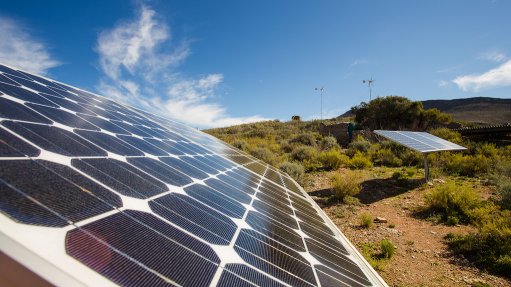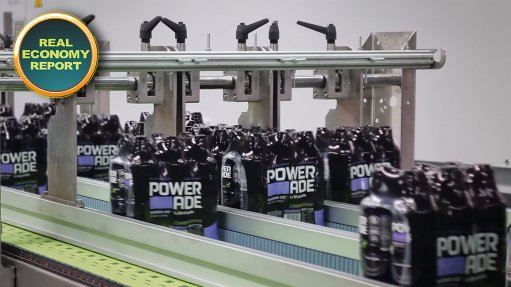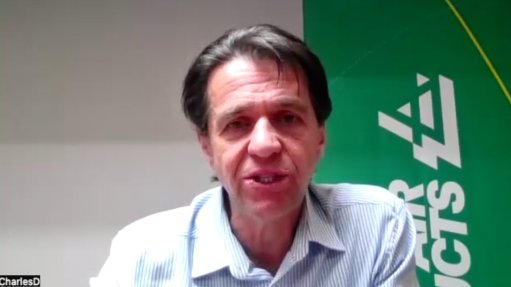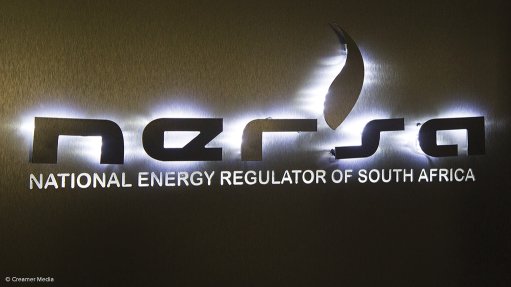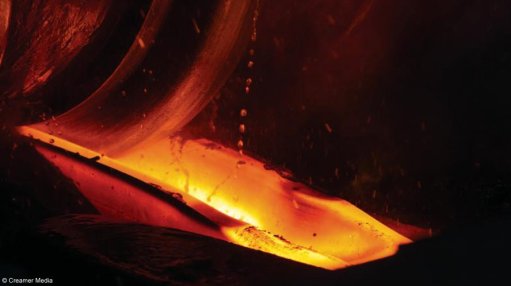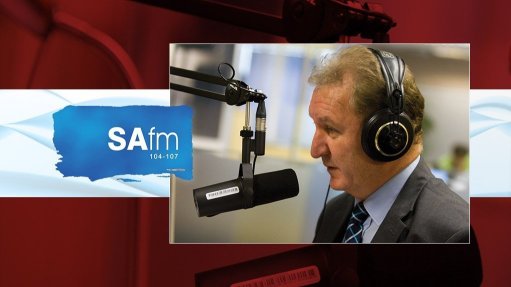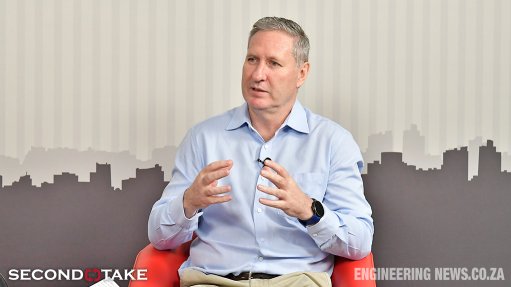Reflecting on sugar customs duty increase
So, will the increase in the variable formula tariff (VFT) on sugar – or the ‘honey without bees’, as Alexander the Great called it – mitigate the harshness of international trade or be the saccharine protection that the Southern African Customs Union (Sacu) producers desire it to be?
Growing up in South Africa, you cannot escape sugar – its cultivation, that is, unless you do not venture into KwaZulu-Natal or Mpumalanga. Unlike Europe, South Africa prefers cultivating sugar cane to sugar beet. Europe has been so successful in the cultivation of sugar beet that it is now more than self-sufficient in the product, and this has provided an opportunity for traditional sugar cane producers to supply their sugar on the European market.
The South African sugar industry has always been a problematic one, to say the least. This has been my experience for as long as I have been involved in tariffs, and this predates the International Trade Administration Commission of South Africa (Itac) and its predecessor, the Board on Tariffs and Trade. Sugar, along with wheat and wheaten flower, has been subject to a VFT for as long as I can remember.
Do you know what a VFT is? According to Itac, “the aim of the variable formula tariff is to set a fair level of protection that would ensure that the profitability and interests of primary producers are taken into account, [and] also those of value-added producers, [as well as] the possible inflationary effects for the consumers of food, particularly the poor”. This is quite a mouthful and you may need to read it a few times to extract the ‘message’ in this 51-word sentence.
Do not be fooled by the seemingly harmless appearance of the VFT. Its intention is, essentially, to prevent imports in their totality, but without this being obvious.
It operates on the simple premise that, if the world price drops below a reference price, a dollar-based reference price (DBRP), then the tariff protection – the VFT – is triggered. When the world price increases above the DBRP, the tariff protection will be relaxed. It is supposed to be a fail-safe measure.
For seven weeks in 2017, sugar imports into the Sacu region were not subject to any customs duty, owing to “an administrative error”. The VFT is anything but statistic. During 2017, it was amended four times – on February 10, March 24, July 28 and September 15 – while, in 2018, amendments were effected on August 3 and June 8.
The August 3 amendment was published by the South African Revenue Service, which gave notice of its intention to “increase . . . the dollar-based reference price of sugar from $566/t to $680/t”. Then, on August 15, Trade and Industry Minister Dr Rob Davies issued a media release in which he stated that he had “endorsed the Itac recommendation for an increase in import duties on sugar to $680/t”.
The South African Sugar Association was seeking $856/t, and the Minister of Trade and Industry commented on this in his press release, saying: “While the level is not at the maximum bound rate as initially requested by the industry in the application, the $680/t [level] will provide the immediate relief urgently required by the industry and sufficient trade protection against the surge [in] imports. The tariff forms part of a set of measures considered by government, in collaboration with the industry, to improve the sustainability of the industry and its future growth prospects.”
Granted, there had indeed been a surge in imports, but did this not point to a deterioration in the ‘competitiveness’ of the Sacu sugar industry? Is it indeed a sustainable industry with growth prospects? Further, is the increased DBRP not a guise for ‘buying’ retentive employment?
Comments
Press Office
Announcements
What's On
Subscribe to improve your user experience...
Option 1 (equivalent of R125 a month):
Receive a weekly copy of Creamer Media's Engineering News & Mining Weekly magazine
(print copy for those in South Africa and e-magazine for those outside of South Africa)
Receive daily email newsletters
Access to full search results
Access archive of magazine back copies
Access to Projects in Progress
Access to ONE Research Report of your choice in PDF format
Option 2 (equivalent of R375 a month):
All benefits from Option 1
PLUS
Access to Creamer Media's Research Channel Africa for ALL Research Reports, in PDF format, on various industrial and mining sectors
including Electricity; Water; Energy Transition; Hydrogen; Roads, Rail and Ports; Coal; Gold; Platinum; Battery Metals; etc.
Already a subscriber?
Forgotten your password?
Receive weekly copy of Creamer Media's Engineering News & Mining Weekly magazine (print copy for those in South Africa and e-magazine for those outside of South Africa)
➕
Recieve daily email newsletters
➕
Access to full search results
➕
Access archive of magazine back copies
➕
Access to Projects in Progress
➕
Access to ONE Research Report of your choice in PDF format
RESEARCH CHANNEL AFRICA
R4500 (equivalent of R375 a month)
SUBSCRIBEAll benefits from Option 1
➕
Access to Creamer Media's Research Channel Africa for ALL Research Reports on various industrial and mining sectors, in PDF format, including on:
Electricity
➕
Water
➕
Energy Transition
➕
Hydrogen
➕
Roads, Rail and Ports
➕
Coal
➕
Gold
➕
Platinum
➕
Battery Metals
➕
etc.
Receive all benefits from Option 1 or Option 2 delivered to numerous people at your company
➕
Multiple User names and Passwords for simultaneous log-ins
➕
Intranet integration access to all in your organisation






